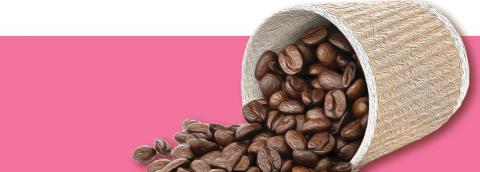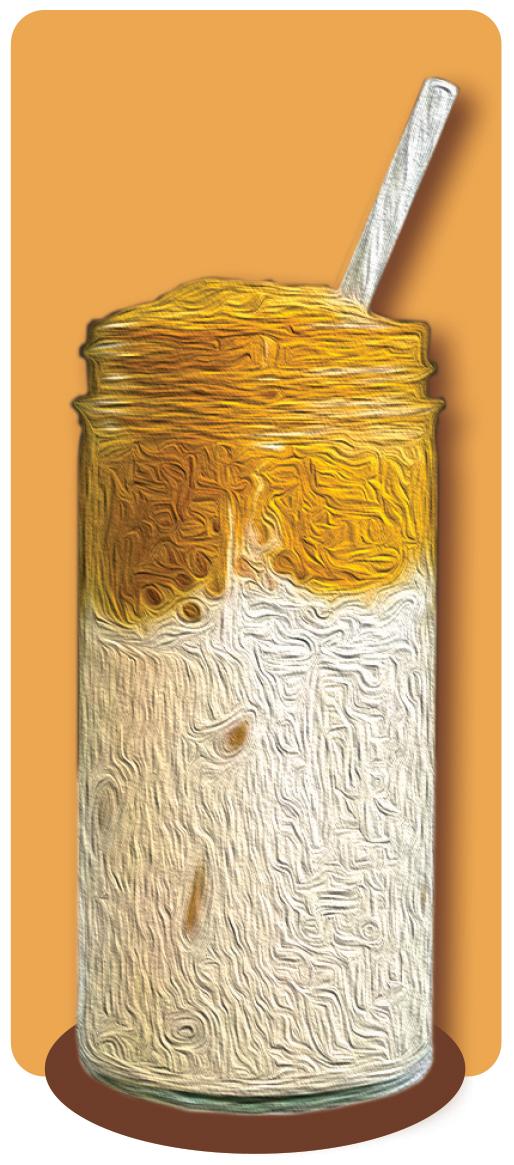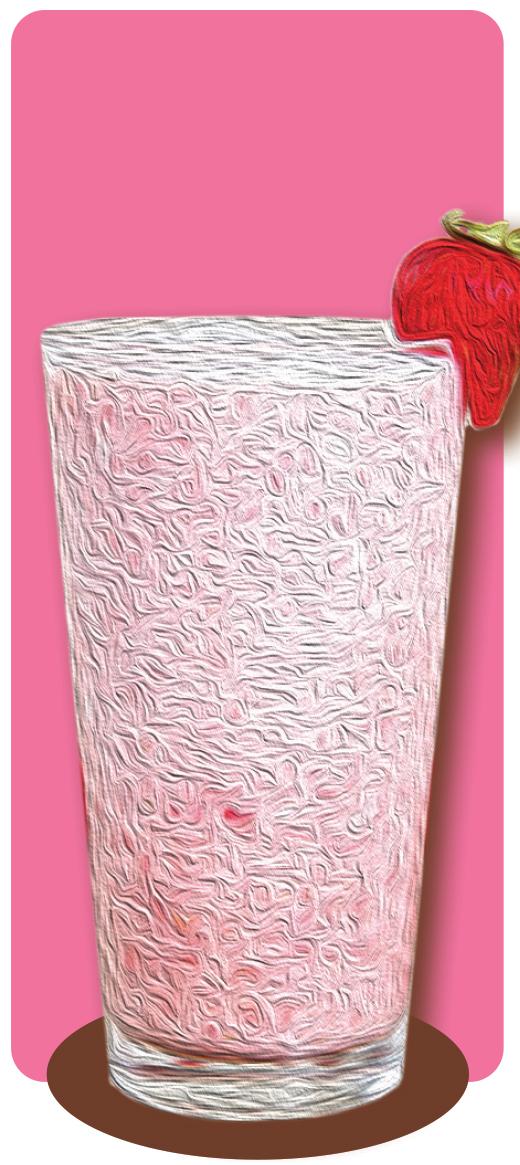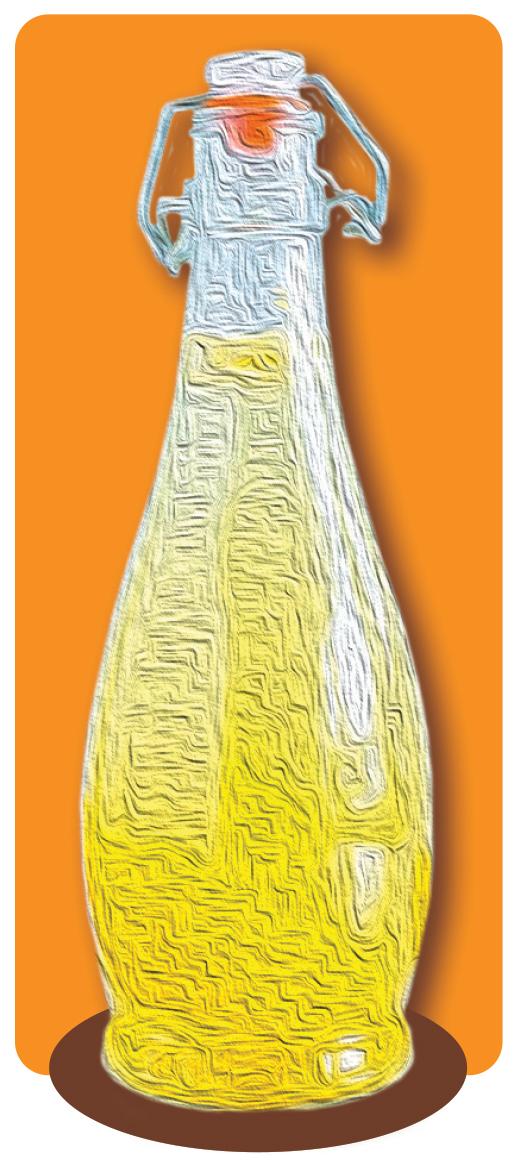
Spilling the beans on decaffeinated coffee
by Kate Braniff
As the temperatures rise, many seek the refreshing boost of an iced, cold coffee drink. Coffee is, after all, the most popular caffeinated beverage in the world. According to the National Coffee Association, 66% of Americans drink coffee every day, surpassing other beverages including tap water.
Many drink coffee for the energy and improved memory associated with caffeine, a central nervous system stimulant found in over 60 species of plants. But what if it’s too late in the day or you just need a break from the negative side effects of caffeine—like anxiety and insomnia? Decaffeinated coffee is a great option, but you should know that it still contains a small amount of caffeine.
Regular and decaf coffee both start out as fresh, green, unroasted coffee beans. To become decaffeinated, the green beans are soaked in water, or a mixture of water and solvents, to dissolve the caffeine so it can be removed.
The intensive decaffeination process removes about 97% of the caffeine from coffee, leaving between 2 to 15 milligrams of caffeine in a typical cup, as opposed to the 60 to 135 milligrams in a cup of caffeinated Joe.
Also, most brewed teas, like green and black varieties, contain caffeine. However, teas such as chamomile, ginger, and peppermint are caffeine-free because they aren’t made from the caffeine-containing Camellia sinensis tea plant.
In fact, the only way to be 100% caffeine-free is to avoid beverages and foods containing any caffeine-producing plants.
For a truly caffeine-free summer beverage, check out these recipes:
Herbal Dalgona Whipped Coffee Recipeallthenourishingthings.com/herbal-dalgona- |
Copycat Starbucks Keto Pink Drink Recipe |
Caffeine-Free Homemade Soda Recipe |
 |
|
|

